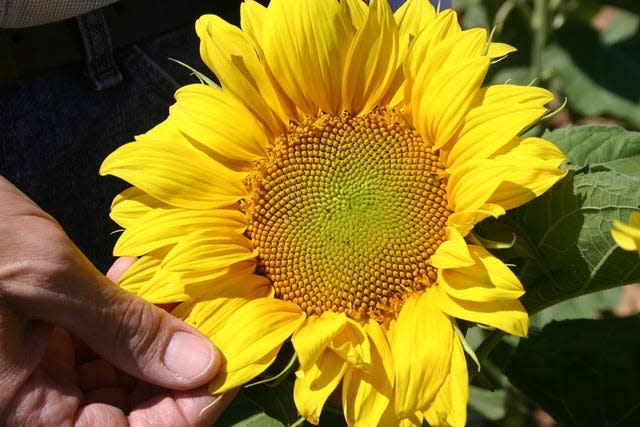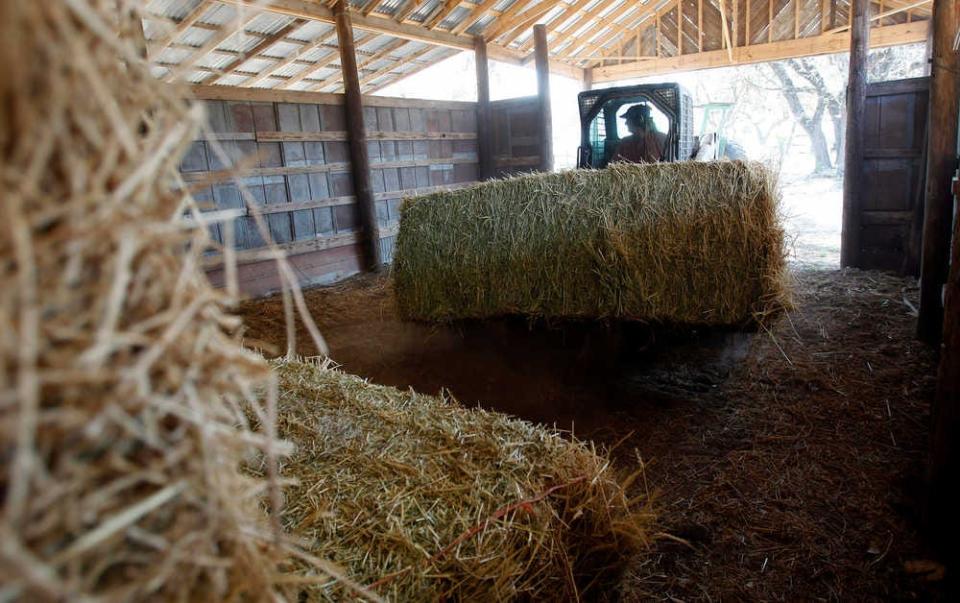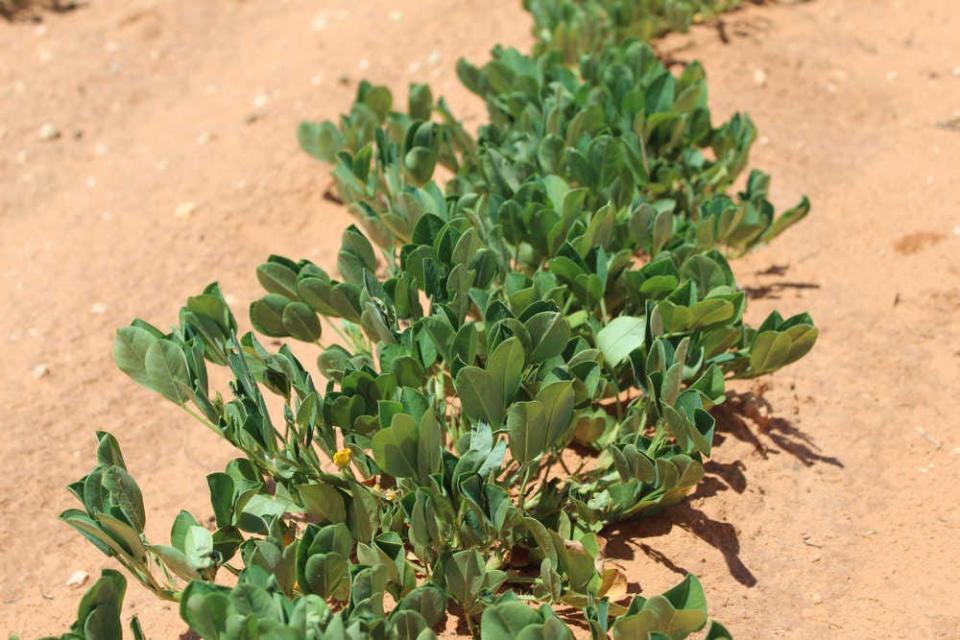Dry Fields, Low Yields: Harvests weak for most field crops on the High Plains
Last summer was undeniably one of the toughest on record for agriculture on the High Plains.
Amid record-high temperatures and persistent dry periods — with some parts of the region going months without a single drop of rain — farmers far and wide found themselves asking the same question: "Is my crop worth saving?"
Many had made their decision about halfway through summer on whether they'd keep pushing or call it quits and collect insurance. Consequently, Texas has now reported record-low harvests for some crops and near-record-low for others, with cotton — the major cash crop for this region — facing the worst.

According to the U.S. Department of Agriculture's National Agricultural Statistics Service, only one major field crop of the High Plains was the exception in that it performed better in 2022 than the year prior: sunflowers, one of the most drought-tolerant crops to exist, requiring about one inch of rain weekly.
Texas-based sunflower farmers harvested about 45,000 acres in 2022, according to NASS, up nearly 19% from 38,500 acres in 2021.
According to a previous story from the Lubbock Avalanche-Journal, some farmers in the region use sunflowers as a cover crop after weather or insects damage their cotton mid-season more have recently begun to plant them as a primary crop.
Cotton
Not a single state in the U.S. Cotton Belt was able to bring an abundant cotton crop to harvest this fall — and the major markets in Texas were especially spread thin this year.
Although the state headed into the growing season with its highest planted area since 1954, totaling about 8.7 million acres, extreme drought conditions and record abandonment levels yielded the lowest-ever cotton harvest Texas has seen dropping from 5.566 million acres across Texas in 2021 to 2.53 million acres last year.
Despite Texas producing a record-low crop this year, global supply has remained steady as three of the crop's top producing countries — China, India, and Brazil — have forecast larger crops, according to the December Cotton and Wool Outlook published by the USDA's Economic Research Service department.
Meanwhile, the U.S. is on track to produce 14.2 million acres — an increase from November estimates but still about 19% less than the 2021 cotton crop. In total, global production is estimated at 115.7 million bales.
Hay

Directly tied with last year's largest cattle slaughter in a decade, hay produced one of its worst harvests in recent years of about 4.19 million acres across the state — down from 5.6 million in 2021.
Though the livestock count has shrunk for innumerable reasons over the last decade, this year's drought was an acute catalyst that will continue to devastate the industry's short-term future as it became increasingly difficult to provide the sustenance — such as hay — and water necessary for their livestock.
Other field crops

The drought's unwelcome impact was consistent among various crops on the High Plains, and only one major field crop grown on the region — oats — met even in production from 2021 to 2022 with about 35,000 harvested acres across Texas both years.
Corn was down slightly from 1.85 million harvested acres — across Texas — in 2021 to 1.6 million last year, while Texas sorghum production was nearly cut in half from 2.01 million acres to 1.125 million acres, according to statistics from the USDA.
Similarly, wheat produced about 1.3 million acres last year compared to 2 million in 2021. Peanuts saw a 26% decrease from 2021 to 2022, harvesting 120,000 acres across Texas last year compared to 162,000 in 2021.
This article originally appeared on Lubbock Avalanche-Journal: Harvests weak for most field crops on the High Plains
